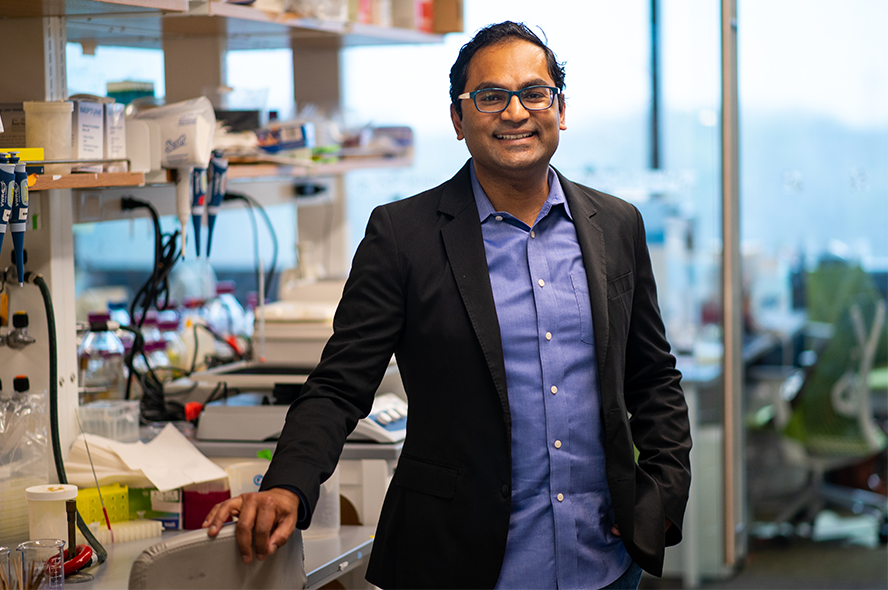Protein synthesis economy

Biotechnology Engineering PhD student Aaron Love and Associate Professor Nik Nair recently published new research in the journal Science Advances. First author Love’s and corresponding author Nair's work is centered around optimizing the production of various proteins within engineered cells. When a cell needs to simultaneously produce multiple proteins, it's crucial for the cell to allocate its resources efficiently. To illustrate, think of these resources as tools in a cell's toolbox. The cell should use the right tool for the right protein production task.
Cells have a specific set of instructions to create a protein, but there are multiple ways to follow these instructions. This is analogous to using different words to convey the same message, with some words being easier for the cell to work with than others. These "words" are known as codons, which are sequences of nucleotides that constitute a unit of genetic code within DNA or RNA molecules. Codons determine how a cell should go about producing a protein.
In the new Science Advances paper from the Nair Lab, Love and Nair focused on quantifying how effective a given codon is for a cell and introduced a system called the Codon Health Index (CHI). This index aids in devising more efficient methods for cells to produce multiple proteins simultaneously without causing complications. The use of CHI can have various applications in biotechnology and genetic engineering, offering promising opportunities for optimizing protein expression, gene therapy, and bioproduction processes across multiple scientific and industrial fields.
Read the full paper, “Specific Codons Control Cellular Resources and Fitness,” in Science Advances. Learn more about Associate Professor Nik Nair and about the Nair Lab at Tufts University.
Department:
Chemical and Biological Engineering